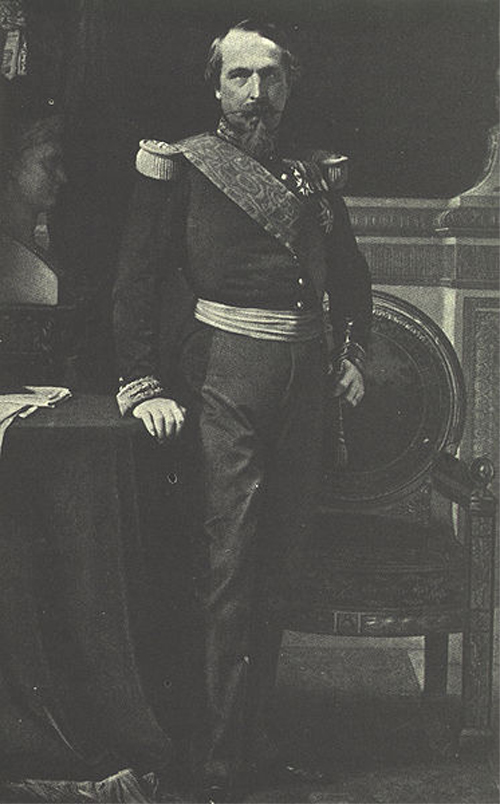What do Peter Cook and Emperor Napoleon III have in common?
Guide to plaques in London

The answer is they are both among the 850 people who are commemorated by official plaques in London. But until now there was no easy way of pinpointing the location of these famous markers.
That is set to change with the launch of a new website, plaqueguide.com, which allows people to search for and share their locations, as well as read related biographical and historical information.
The idea of erecting plaques to commemorate the link between famous people and the buildings in which they lived or worked first took root in the mid nineteenth century. The first appeared in 1866, put up by the Royal Society of Arts, but since 1986 the scheme has been overseen by English Heritage, which now offers help and guidance to individuals, groups and organisations.
The plaque guide site includes a map display where users can click on the location of each plaque, be immediately linked to a biography and view details on the plaque itself. The use of Google's StreetView means users can also ‘step into the map' to see the plaque in its real life environment.
If someone is interested in people from a particular background, they can also search via categories ranging from aviation to religion or sport.
But the site does not yet have total coverage. Plaque Guide has 230 of the city's plaques but the site's creator, David Coughlan, is now asking the public and children in particular, to help him complete the rest.
Coughlan says: "Plaques act as a permanent reminder of our past and heritage. They're hugely important, especially for children. They are a unique way of linking people with both history and geography. But, there are over 800 plaques across London alone. I've mapped the location of the first 230 but I need help in plotting the rest!"
Coughlan hopes people will see the invitation to add the location and details of the outstanding blue plaques as an irresistible challenge, much like other ‘crowd sourced' projects like OpenStreetMap and Wikipedia. Adding the location of a plaque is as easy as clicking on the map itself, while a smartphone app is planned for later in the year to enable ‘plaque tagging' on the move.
Coughlan's site is one of the first beneficiaries of the Ordnance Survey organised GeoVation initiative. Set up last year, the innovation competition, seeks to support and develop geography based ideas. A prototype of Plaque Guide achieved third place at the dragon's den style showcase in January and has since been developed with help from the GeoVation community.
"To have been involved with GeoVation has been brilliant, not just for the seed funding I received but the ongoing support and mentoring. You can't put a price on that. I actually met the company that has helped me build plaque guide at the GeoVation so it was so worthwhile being involved."
The GeoVation programme for this year has already begun, focusing on 3 distinct challenges, the first being ‘How Can Britain Feed Itself?' People can enter their geography based ideas on the GeoVation website at www.geovation.org.uk/challenge
Did you know?
- While most people only think of blue plaques, there are actually green and brown varieties too.
- The Royal Society of Arts put up the first plaque in 1866 at 24 Holles Street, Cavendish Square, the birth place of Lord Byron. Sadly the house was demolished around 1889.
- While the idea of blue plaques started in London, there are now similar schemes all over the country and the world
- Plaques for Handel and Jimi Hendrix stand side by side on 25 and 23 Brook Street, Mayfair, London,

